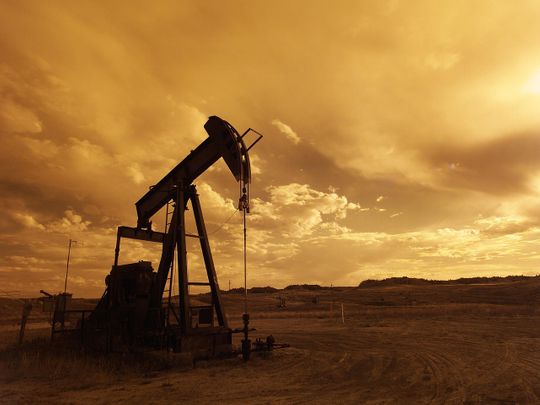
Abu Dhabi: Arab economies are expected to post an economic growth rate of 5.4 per cent in 2022, a significant increase from about 3.5 per cent in 2021, because of rising oil prices, increase in production for Arab oil-exporting countries, and the continuation of reforms that promote growth, according to the Arab Economic Outlook Report by the Arab Monetary Fund (AMF).
GCC countries are expected to record a relatively high growth rate of 6.3 per cent, compared to 3.1 per cent in 2021, while 2023 will see a decline to 3.7 per cent in economic growth.
The report warned that Arab countries are likely to face relatively high inflation rates for the rest of 2022 due to local and global inflationary pressures.
The report, which includes macroeconomic forecasts, growth and inflation forecasts for Arab economies for 2022 and 2023, pointed that the global economy is experiencing challenges related to the global supply chains and high commodity prices, which raise concerns about global food security. As a result, international institutions have reduced their forecasts for global economic growth issued in January 2022.
AMF expects Arab countries’ economic growth slow to about 4 per cent in 2023 due to the decline in global economic growth, commodity prices, and gradual exit from expansionary fiscal and monetary policies.
Non-GCC Arab oil exporters will benefit from increased production quantities within OPEC+ and a rise in global oil prices. As a result, they are expected to achieve 4.6 per cent growth in 2022, which is higher than 3.1 per cent in 2021. However, due to business environment challenges, their growth rate will come down to 3.9 per cent next year.
Oil-importing Arab countries are expected to achieve a moderate 4.1 per cent growth rate in 2022, compared to a 2.7 per cent growth rate in 2021, owing to their internal and external balance challenges. However, a relative improvement in the economic growth rate of the group countries is projected in 2023 to reach 4.6 per cent due to improved aggregate demand levels and a gradual easing of the pressures on public budgets and balances of payments due to the expected decline in commodity prices.
The AMF expects inflation rates to reach relatively high levels in some Arab countries during 2022, brought on by factors including food price increases, energy price increases, and escalating inflationary pressures. In addition, agricultural production changes related to climate change will also affect general prices in some countries. Thus, the Arab countries’ inflation rate is expected to reach 7.6 per cent in 2022 and 7.1 per cent in 2023.










